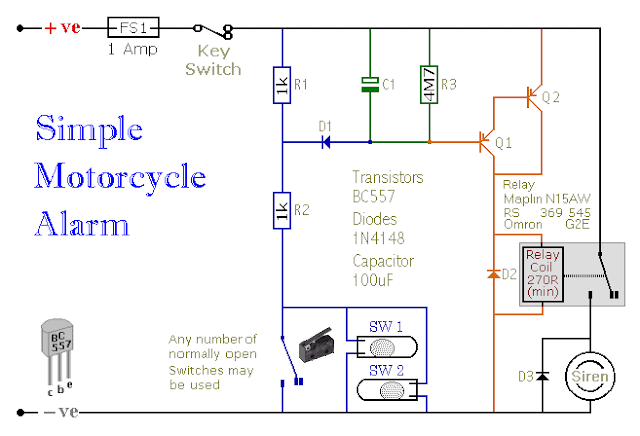After cell phone jammer has been used for several times.
Hybrid satellite and terrestrial solutions to the countries covered by geostationary satellites in low-power repeater network and the mobile base station co-location, to provide urban and indoor coverage. The manufacturers argue that, if you do not use the S-band in the country coverage of the DVB-H in UHF is not economical because it requires a large number of transmitter and receiver. The market is still before the analog shutdown mode, the lack of available digital spectrum to support deployment of this technology, at the same time, the S-band frequency bands are available in any place. Manufacturers are expected to DVB-SH will commence in Europe for land the citys commercial, the end of 2007 to 2009, there will be a dedicated satellite to provide country-wide coverage. The product description of cell phone jammer should be as exact and accurate as possible.
But each side is the lack of adequate dominant industry chain parties seems to be "co-operation", but in reality there are some differences in the distribution of benefits, rights and responsibilities, payment. Mobile payment, the killer application of the operators. Operators, mobile payment is different from the direct consumption of mobile phone ring tones, mobile games and other value-added services, it belongs to the node type, interface type of business, is the pay part of the new channels open up commercial activities. Therefore, mobile payment is similar to the "qigong" in the martial arts, its role is fundamental, permeability, promoting other business consumer. At the same time, although early in the development of mobile payment can not effectively bring commission income, but can bring some traffic income. The battery of cell phone jammer should be recharged for about five or six hours.
Moreover, as a strategy, trends, business, help to attract new customers, retain old users. Therefore, operators should seize the phone pay by 3G tendency to accelerate development opportunities, a clear development goals, integration of all resources, conditional step by step to carry out mobile payment services. The mobile payment operators to go from here. In general, operators should reshape the core position in the field of mobile payments, seize the commanding heights of mobile payment industrial chain. From the necessity, first, to avoid the pipeline: the bank or third-party mobile payment mode, the operator only as a SMS to confirm the authentication channel, failed to produce the brand in the customer interface.
Read More..
Hybrid satellite and terrestrial solutions to the countries covered by geostationary satellites in low-power repeater network and the mobile base station co-location, to provide urban and indoor coverage. The manufacturers argue that, if you do not use the S-band in the country coverage of the DVB-H in UHF is not economical because it requires a large number of transmitter and receiver. The market is still before the analog shutdown mode, the lack of available digital spectrum to support deployment of this technology, at the same time, the S-band frequency bands are available in any place. Manufacturers are expected to DVB-SH will commence in Europe for land the citys commercial, the end of 2007 to 2009, there will be a dedicated satellite to provide country-wide coverage. The product description of cell phone jammer should be as exact and accurate as possible.
But each side is the lack of adequate dominant industry chain parties seems to be "co-operation", but in reality there are some differences in the distribution of benefits, rights and responsibilities, payment. Mobile payment, the killer application of the operators. Operators, mobile payment is different from the direct consumption of mobile phone ring tones, mobile games and other value-added services, it belongs to the node type, interface type of business, is the pay part of the new channels open up commercial activities. Therefore, mobile payment is similar to the "qigong" in the martial arts, its role is fundamental, permeability, promoting other business consumer. At the same time, although early in the development of mobile payment can not effectively bring commission income, but can bring some traffic income. The battery of cell phone jammer should be recharged for about five or six hours.
Moreover, as a strategy, trends, business, help to attract new customers, retain old users. Therefore, operators should seize the phone pay by 3G tendency to accelerate development opportunities, a clear development goals, integration of all resources, conditional step by step to carry out mobile payment services. The mobile payment operators to go from here. In general, operators should reshape the core position in the field of mobile payments, seize the commanding heights of mobile payment industrial chain. From the necessity, first, to avoid the pipeline: the bank or third-party mobile payment mode, the operator only as a SMS to confirm the authentication channel, failed to produce the brand in the customer interface.



